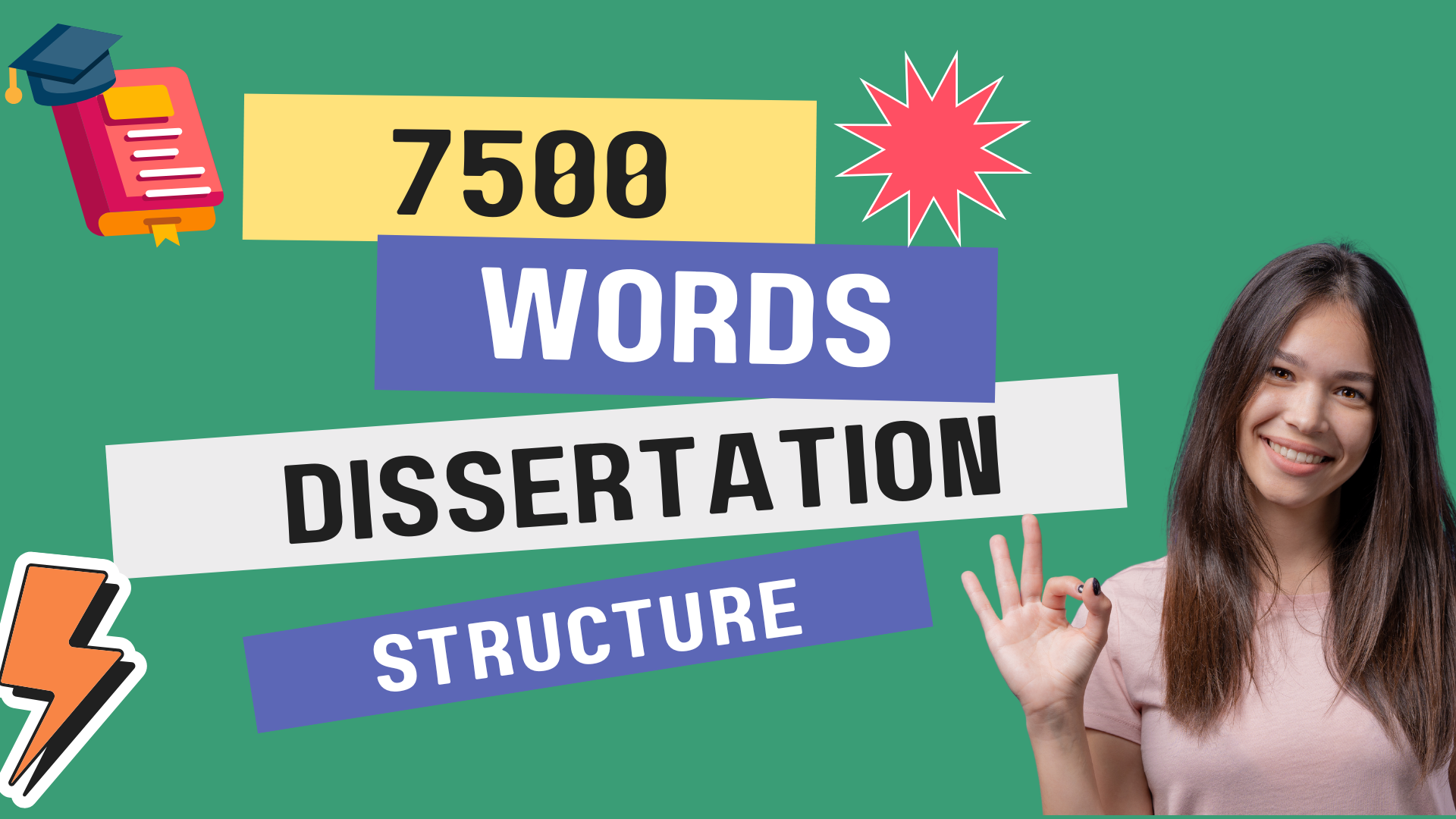
7500 Words Dissertation Structure: Chapter Structure, Words Count & Argument Guide [2025]
Writing a 7500 word dissertation may sound easier than tackling longer academic projects, but fitting a full academic argument into this limited word count can be surprisingly difficult. For UK students, especially those balancing multiple deadlines, knowing how to structure each chapter and organise arguments logically is key to writing a high-impact dissertation.
Unlike longer research papers, a 7500 words dissertation demands precision. Every paragraph must serve a purpose. That’s why understanding the correct structure, chapter weightage, and argument hierarchy is not just helpful—it’s essential.
To support students writing their dissertations in 2025, Projectsdeal.co.uk has created this practical “how-to” guide. Whether you’re struggling with chapter planning or wondering how to argue effectively under word constraints, this article answers your most pressing questions, including:
- What’s the ideal structure and word count breakdown for a 7000-word dissertation?
- How do you build strong academic arguments chapter-by-chapter in limited space?
- How long should each section really be?
If these sound like the challenges you’re facing, you’re in the right place. Let’s explore the full breakdown together and help you write with confidence.
✅ Structure Breakdown of a 7500 Words Dissertation [For UK Students – 2025 Guide]
For most UK universities, the words count distribution across dissertation chapters follows a consistent structure. Whether you’re writing an undergraduate or Master’s-level dissertation, organising your word count effectively is crucial to ensure your arguments are well-developed and your research meets academic expectations.
At Projectsdeal.co.uk, we recommend the following chapter-wise word count breakdown for a 7000-word dissertation:
📊 Dissertation Words Count Breakdown (7500 Dissertation Word Total)
| Chapter | Weightage (%) | Recommended Word Count |
|---|---|---|
| Introduction | 10% | 750 words |
| Literature Review | 30% | 2250 words |
| Methodology | 15% | 1125 words |
| Findings | 5% | 375 words |
| Discussion | 30% | 2250 words |
| Conclusion | 10% | 750 words |
Each section plays a unique role in the overall argument hierarchy, and in the next part of this guide, we’ll explain how to build chapter-wise arguments within these word limits.
👉 Tip from Projectsdeal: Sticking to these word counts helps maintain flow, balance, and academic coherence—something examiners look for in high-grade dissertations.
📝 Introduction | Words Count & Argument Structure

The Introduction section typically holds a 10% weightage in a 7500 words dissertation, equating to approximately 700 words. While it may seem short, this chapter sets the tone for your entire project and needs to be written with precision and purpose.
Students often find this part tricky—because in just a few paragraphs, you’re expected to cover multiple elements: background, scope, significance, objectives, and your thesis statement. A strong, logically structured introduction lays the foundation for a compelling academic argument throughout the rest of your dissertation.
🔍 How to Build an Argument in the Introduction with Logical Hierarchy?
At Projectsdeal.co.uk, we emphasise that argument hierarchy is not just about writing more—it’s about writing logically. In fact, writing 700 words is easy; writing 700 impactful words is where most students struggle.
Follow this logical flow to build a clear and well-supported argument in your introduction:
✅ 1. Define the Study Area
Start by clearly introducing the broader subject area your research falls under. This sets the context and helps readers understand where your study fits in the academic landscape.
Example: “This study explores digital marketing strategies in the UK retail sector, focusing on how AI-driven tools impact consumer engagement.”
✅ 2. Provide the Research Background
Offer a brief background on the key developments, trends, or problems related to your study topic. This helps the reader understand the evolution of the issue and why it’s worth investigating.
✅ 3. Define the Scope of Study
Clarify the boundaries of your research. Are you looking at one company? A specific time frame? UK-based case studies only? This helps manage expectations and sharpens the focus.
✅ 4. Explain the Relevance
Tell the reader why this topic matters. How is it relevant to the academic field, your course, or real-world issues? A well-argued relevance statement adds credibility and urgency to your work.
✅ 5. Highlight the Value Your Research Brings
Mention what new insights, frameworks, or contributions your research aims to offer. Is it filling a gap? Testing a new method? This helps demonstrate the originality and significance of your study.
✅ 6. State Your Research Objectives
List your main objectives or questions clearly. These should be aligned with what you plan to cover in later chapters. If you haven’t defined them yet—this is the time.
Example: “This research aims to evaluate the effectiveness of personalised email campaigns in boosting customer retention among UK-based eCommerce retailers.”
✅ 7. End with a Thesis Statement
Wrap up your introduction with a strong thesis statement—a one or two-sentence summary of the central argument your dissertation will support.
Example: “This dissertation argues that AI-driven email segmentation significantly enhances customer retention by delivering more relevant content to specific audience segments.”
📌 Pro Tip from Projectsdeal: A strong introduction helps your reader want to keep reading. Don’t treat it as just a summary—it’s your first academic impression.
📚 Literature Review | Words Count Breakdown & Argument Hierarchy
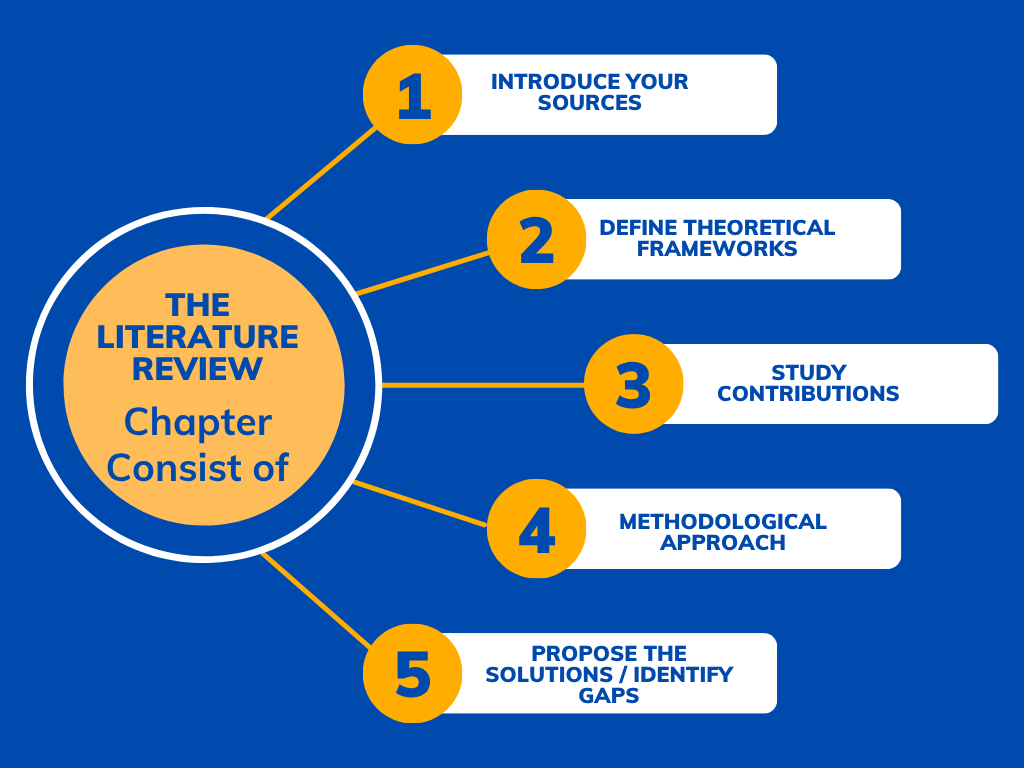
The Literature Review is one of the most substantial chapters of a 7500 words dissertation, carrying a weightage of 30%, which equals approximately 2250 words. This chapter is not just about summarising sources—it’s about analysing, synthesising, and critically evaluating existing research to lay a strong foundation for your own study.
At Projectsdeal.co.uk, we emphasise that the strength of your literature review often defines the academic credibility of your entire dissertation. The more thoughtfully you engage with the sources, the stronger your argument foundation becomes.
🧠 How to Build an Argument in the Literature Review with Logical Structure
A successful literature review isn’t just a collection of summaries. It follows a logical structure that shows the evolution of research, identifies gaps, and leads the reader directly into the need for your study.
Here’s how to do it right:
✅ 1. Introduce Your Sources
Begin by outlining the types of sources you’ve used—academic journals, peer-reviewed articles, books, conference papers, dissertations—and explain why they’re relevant. Mention their credibility and connection to your research topic.
Example: “This chapter draws on peer-reviewed studies from journals such as the Journal of Marketing Research and the European Business Review to establish current trends in AI-driven customer engagement.”
✅ 2. Define Key Theoretical Frameworks
Organise the reviewed literature around themes or theoretical frameworks relevant to your dissertation. This is where you identify major schools of thought, recurring ideas, or ongoing debates in the field.
Tip: Group similar arguments together to show thematic consistency.
✅ 3. Highlight the Contributions of Existing Research
Discuss what these sources have contributed to your research area. What findings, models, or theories have helped shape the current understanding of your topic?
This part shows the depth of your understanding and proves you’ve done your academic homework.
✅ 4. Outline Your Methodological Approach
Explain how you approached the literature review. Was it systematic, narrative, or scoping? This shows rigour in your academic process and enhances the trustworthiness of your review.
“A systematic review methodology was applied to identify peer-reviewed literature published between 2016 and 2025, focusing on AI’s role in digital marketing.”
✅ 5. Identify Gaps and Propose Solutions
After reviewing the existing literature, outline the gaps that still exist. What hasn’t been studied? What are the limitations of past studies? This leads naturally into your research and justifies the need for your dissertation.
End this section by summarising how your work will contribute to addressing these gaps.
📌 Pro Tip from Projectsdeal: Avoid simply listing studies. Your goal is to connect, compare, and critically analyse—creating a foundation for your argument to grow in the next chapters.
🧪 Research Methodology | Words Count Breakdown & Argument Strategy
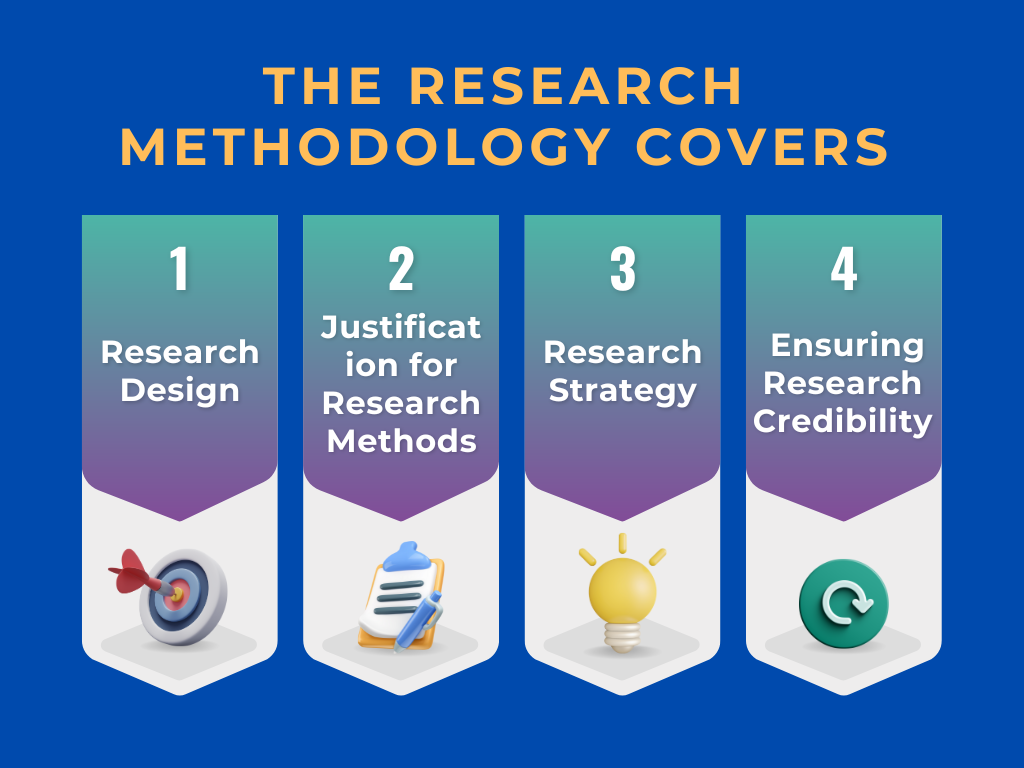
The Methodology chapter accounts for 15% of your total word count in a 7500 words dissertation, which equals approximately 1125 words. While this chapter is more concise compared to others, its importance is critical—because it justifies how your research was carried out and explains the basis on which your findings are credible.
At Projectsdeal.co.uk, we’ve helped thousands of students across the UK develop methodologically sound dissertations. And we’ve seen one pattern over and over: students who clearly explain and defend their chosen methods almost always score higher.
🛠️ How to Build an Argument in the Methodology Chapter with Logical Structure
The primary purpose of this chapter is to justify your research methods and strategy. It’s not just about what you did—but why you did it that way. A logical argument structure here boosts both clarity and academic rigour.
Follow this proven hierarchy when writing your Methodology chapter:
✅ 1. Define Your Research Design
Begin by stating whether your research is qualitative, quantitative, or a mixed-methods approach. Clearly describe how data was gathered, and what type of analysis was applied.
Example: “This study adopted a qualitative approach using semi-structured interviews to gather in-depth insights from eCommerce professionals in the UK.”
✅ 2. Justify Your Method Choice
After stating your method, justify it. Why was this method the best fit for your topic and objectives? Was it due to the nature of your research questions, available resources, or the population being studied?
Tip: Link your method directly to your research aims and literature gaps identified earlier.
✅ 3. Outline Your Research Strategy
Here you’ll break down your data collection techniques, sampling methods, and any tools used (like surveys, interview guides, software, etc.). Be specific—mention how participants were selected and what tools ensured consistency.
Example: “A purposive sampling strategy was used to select 12 marketing managers from mid-sized UK retailers.”
✅ 4. Address Ethical Considerations & Research Credibility
To protect your research integrity, discuss how you addressed ethics, consent, confidentiality, and any limitations or biases. Mention plagiarism policies, referencing standards (Harvard, APA, etc.), and steps you took to ensure your data is trustworthy and unbiased.
Example: “All participants signed informed consent forms, and responses were anonymised to maintain confidentiality.”
📌 Pro Tip from Projectsdeal: Use this chapter to show you were methodical, ethical, and intentional in your approach. It’s not just technical—it’s strategic.
📊 Research Results | Word Count Breakdown & Argument Hierarchy
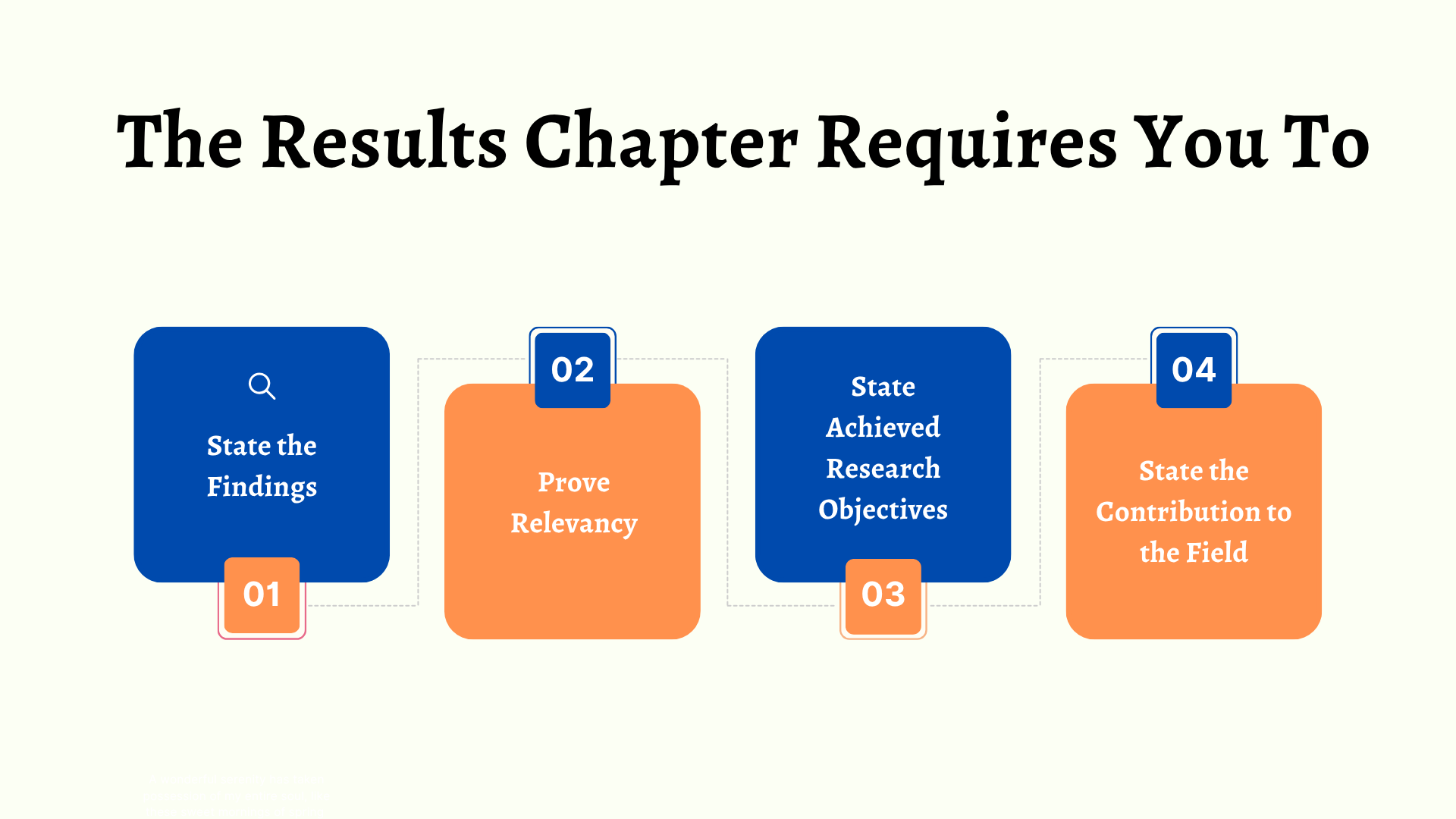
The Findings or Results chapter of a 7500 words dissertation typically takes up 5% of the total word count—around 375 words. Although it’s one of the shortest chapters, its role is vital: to present the outcomes of your research clearly and concisely.
At Projectsdeal.co.uk, we know that many students underestimate this section. Yet this is where you show what your research uncovered—so it must be accurate, well-organised, and aligned with your research questions.
🧩 How to Present Findings with a Logical Argument Structure
Since you’re limited to 350 words, it’s important to focus only on the most relevant, high-impact data. Avoid vague language, repetition, or interpretation here—save your analysis for the Discussion chapter.
Here’s how to logically structure your Findings section:
✅ 1. State the Findings Clearly
Present the key outcomes of your research based on your chosen methodology (qualitative or quantitative). This could include survey results, interview themes, patterns in case studies, or statistical outputs.
Example: “80% of respondents indicated that AI-driven marketing strategies increased customer engagement.”
Use tables, figures, or bullet points sparingly and only if they clarify your findings.
✅ 2. Prove the Relevance
Once you’ve stated the results, briefly explain how they relate to your research topic. Are they aligned with your hypothesis? Did they contradict existing studies? This helps tie your findings to the bigger picture.
✅ 3. Link to Research Objectives
Demonstrate how your results answered the research questions or fulfilled the objectives stated in the Introduction. This shows continuity and reinforces that your research was purposeful.
Example: “The findings confirmed Objective 2, showing a positive correlation between personalised emails and customer retention rates.”
✅ 4. Highlight Contribution to the Field
Close with a short statement about how your results add value to the academic field or open doors for future research. This positions your work as meaningful, even if it’s exploratory.
📌 Pro Tip from Projectsdeal: Keep this chapter factual. Don’t explain why the findings matter here—save your interpretation and academic argument for the Discussion chapter.
💬 Discussion | Words Count Breakdown & Argument Hierarchy
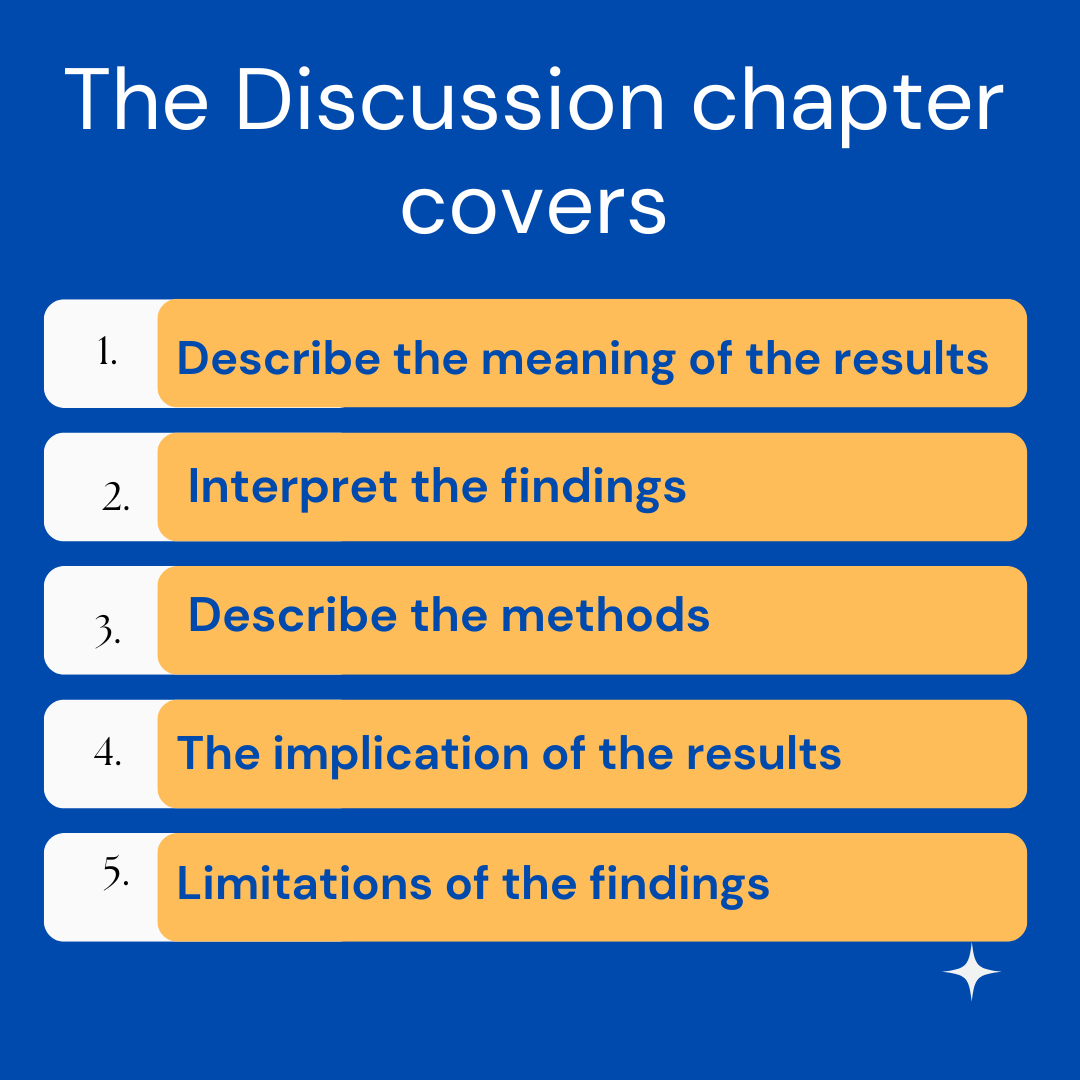
The Discussion chapter in a 7500 words dissertation carries a significant 30% weightage, which translates to roughly 2250 words. This section is your chance to explain the meaning, relevance, and importance of your research findings in detail. Beyond summarising, it critically analyses the results and situates them within the wider academic field.
At Projectsdeal.co.uk, we stress that a strong Discussion chapter not only strengthens your argument but also demonstrates your academic maturity by acknowledging the implications and limitations of your research.
🧩 How to Build an Argument in the Discussion Chapter with Logical Flow
To write a compelling Discussion, follow this clear hierarchy that builds a convincing narrative around your findings:
✅ 1. Describe the Meaning of Your Results
Start by explaining what your results mean in the context of your research questions and objectives. This ties your findings back to the initial aims and confirms your study’s credibility.
Example: “The increase in customer engagement suggests that AI tools significantly impact marketing effectiveness in mid-sized UK retailers.”
✅ 2. Interpret the Findings
Go beyond description and provide your interpretation. What do these results tell us? How do they compare or contrast with previous research in the literature review?
✅ 3. Reflect on Your Research Methods
Discuss the strengths and weaknesses of your chosen methodology. How did your methods contribute to the findings? Were there any challenges in data collection or analysis?
✅ 4. Explain the Implications of Your Research
Describe how your findings can be applied in practice or how they might influence future research, policy, or industry practices. This section highlights the real-world relevance of your work.
✅ 5. Address the Limitations
No research is perfect. Acknowledge any limitations in your study, such as sample size, time constraints, or potential biases. This shows academic honesty and critical thinking.
📌 Pro Tip from Projectsdeal: Keep your discussion balanced—be confident about your contributions but transparent about your study’s limitations. This builds trust with your readers and examiners.
🔚 Conclusion | Words Count Breakdown & Argument Hierarchy

The Conclusion chapter in a 7500 word dissertation takes up 10% of the total word count, which is approximately 750 words. This final section is crucial for summarising the key points discussed throughout your dissertation while reinforcing your research’s overall significance.
At Projectsdeal.co.uk, we emphasise that an effective conclusion does not introduce new ideas but wraps up your argument clearly and confidently.
🧠 How to Build an Argument in the Conclusion with Logical Flow
The conclusion should provide a concise yet powerful summary that leaves a lasting impression. Here’s a logical order to follow when structuring your conclusion:
✅ 1. Summarise the Dissertation
Begin by briefly recapping the main points from each chapter. This summary helps readers revise and remember the core ideas you’ve discussed.
✅ 2. Restate the Background of the Study
Reinforce the context and importance of your research topic, reminding readers why your study matters in the broader academic field.
✅ 3. Reinstate Your Argument and Findings
Clearly describe how your research objectives, methodology, and results align, highlighting how your argument was supported throughout the dissertation.
✅ 4. Mention the Shortcomings
Be transparent about any limitations your study faced, whether due to resources, data availability, or scope. Acknowledging these shortcomings shows academic integrity and critical awareness.
✅ 5. Provide Takeaway Information
End with a memorable takeaway or insightful comment related to your research. This could be a recommendation, a call for further research, or an interesting fact that leaves your reader thinking.
📌 Pro Tip from Projectsdeal: Keep your conclusion concise but impactful. It’s the final word you have with your reader, so make it count.
🎓 Word Count Breakdown per University of Wolverhampton
When planning a 7500 words dissertation, some universities provide specific word count recommendations for each chapter. The University of Wolverhampton is one such institution, offering a clear breakdown that students can follow to organise their work effectively.
Here is the University of Wolverhampton’s recommended word count distribution for a 7500-word dissertation:
| Chapter | Word Count Weightage | Approximate Words |
|---|---|---|
| Introduction | 10% | 750 |
| Literature Review | 20% | 1500 |
| Research Methodology | 30% | 2250 |
| Results / Findings | 10% | 750 |
| Discussion | 20% | 1500 |
| Conclusion & Recommendations | 10% | 750 |
⚠️ Note: The word count weightage provided earlier in this article reflects commonly used recommendations by research experts.
The word count breakdown table provided at the beginning of this article reflects the most commonly used and research expert-recommended structure across UK universities. While the University of Wolverhampton’s guidelines are helpful, always check your specific university’s dissertation handbook for exact requirements.
At Projectsdeal.co.uk, we recommend following these guidelines carefully to ensure your dissertation meets academic standards while keeping your writing focused and well-balanced.
📑 Structural Pages to Format Your 7500 Words Dissertation
In addition to the core chapters, a professional and complete dissertation includes several structural pages that help organise your work and add credibility. These pages are essential components of your dissertation layout, though they do not count towards your 7500 words limit.
At Projectsdeal.co.uk, we recommend including the following pages to finalise your dissertation format:
📌 Essential Structural Pages
Title Page
Includes the dissertation title, your full name, department, university, and submission date.
Topic
Clearly states your research topic or dissertation title.
Full Name and Department
Your full name and the academic department or faculty submitting the dissertation to.
Submission Date
The exact date you submit your dissertation.
References
A complete list of all academic sources cited throughout your dissertation, formatted according to your university’s preferred referencing style (e.g., APA, Harvard).
Appendices
Used to include additional information such as raw data, survey questionnaires, or unrelated findings that support your research but are not part of the main text.
Acknowledgements Page
A section to thank supervisors, colleagues, friends, or family who helped or supported you during the research and writing process.
⚠️ Pro Tip:
Including these structural pages, properly formatted, will enhance the professional appeal of your dissertation and demonstrate your attention to academic standards.
📚 Common Questions About 7000-7500 Words Dissertation
1. How many pages is 7500 words?
7500 words is approximately 15 pages single-spaced or 30 pages double-spaced. This estimate can vary depending on font size and spacing, but it’s a good general guideline for UK students preparing dissertations.
2. How long does it take to write 7500 words?
On average, it takes about 25 hours to write 7500 words. This includes research, drafting, editing, and proofreading. Your speed may vary depending on your familiarity with the topic and your writing skills.
3. How to structure a 7000-word dissertation?
A typical 7000-word dissertation structure could look like this:
- Literature Review: 1500 words
- Research Methodology: 800 words
- Results and Analysis: 2500 words
- Discussion and Conclusions: 1500 words
- Recommendations and Implications: 900 words
- Bibliography: 500 words
4. How long should the methodology chapter be in a 7000-word dissertation?
The methodology chapter should be around 15% of the total word count, which equals roughly 1050 words. This section explains your research design and justifies the methods used.
5. Is 7500 words a lot?
For academic writing, 7500 words is a moderate length. It’s longer than most essays but shorter than theses or dissertations that can run up to 20,000 words or more.
6. How many minutes is 7500 words when spoken?
Reading aloud, 7500 words typically takes about 50 minutes of speaking time.
7. How many A4 pages is 7000 words?
7000 words usually take up about 14 pages on A4 paper, assuming standard formatting with 12-point Times New Roman font and single spacing.
8. How long is 500 characters?
500 characters equal roughly 80 words. In a typical Word document with single spacing and 12-point font, 500 characters take up about half a page.
If you want detailed guidance on any of these topics or help structuring your dissertation, check out our full guide on projectsdeal.co.uk!
Summary
Writing a 7500 words dissertation can feel overwhelming due to the limited word count and the many elements you need to cover. Students must be selective and focus only on the most relevant information to keep their dissertation clear and concise. Avoid vague language and unnecessary details that dilute your argument.
If you’re worried about completing your dissertation within the word limit or struggling to maintain coherence, professional help is always available—you can simply ask experts to “do my dissertation” for you. However, if you prefer to write it yourself, this guide provides a clear structure breakdown and chapter-wise argument hierarchy to make the process manageable.
By following the recommended word count distribution and logical argument order presented here, you can confidently craft a comprehensive and coherent 7500 words dissertation that meets academic standards.
📚 Related Resources
10000 Words Dissertation Structure